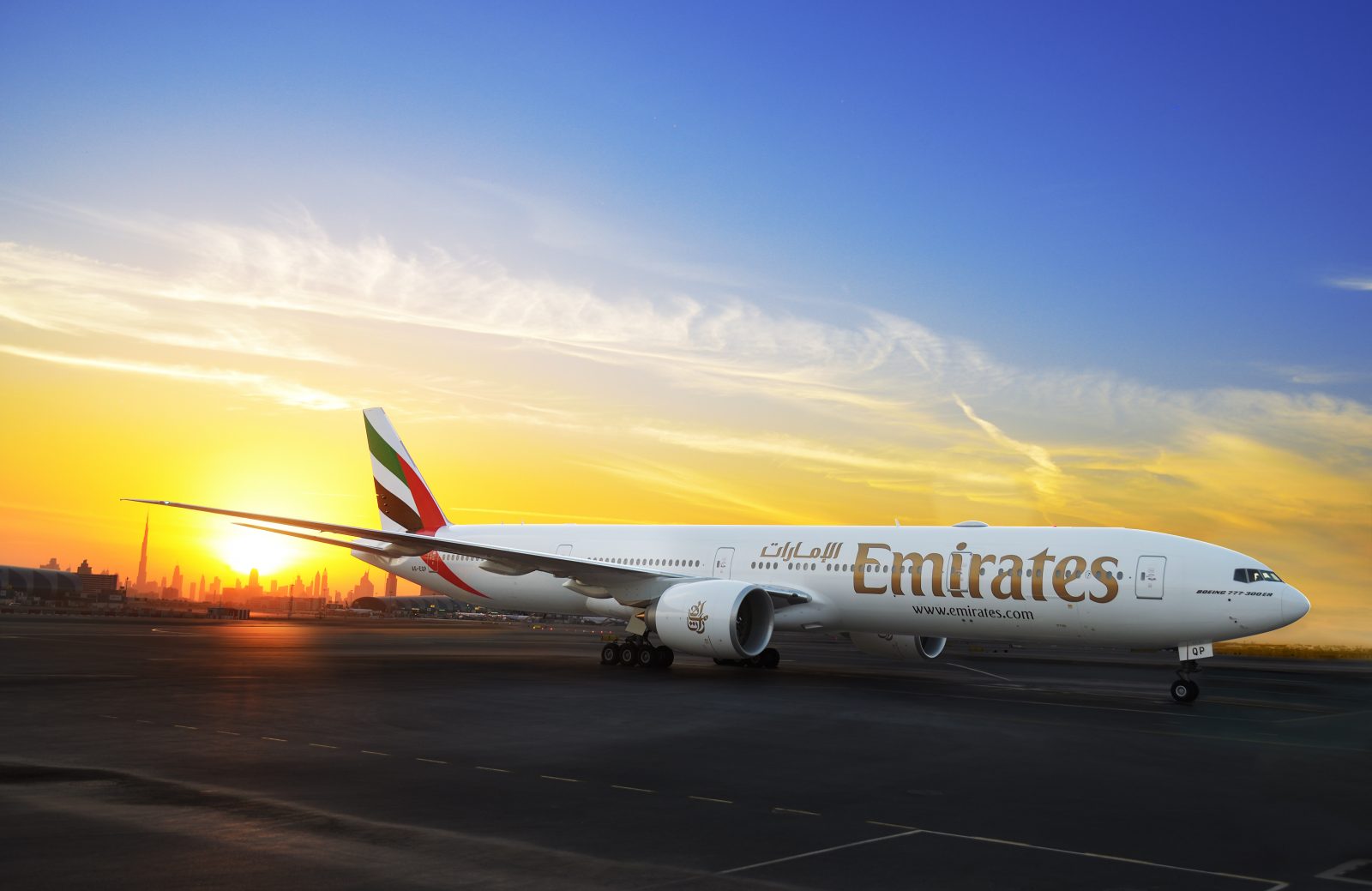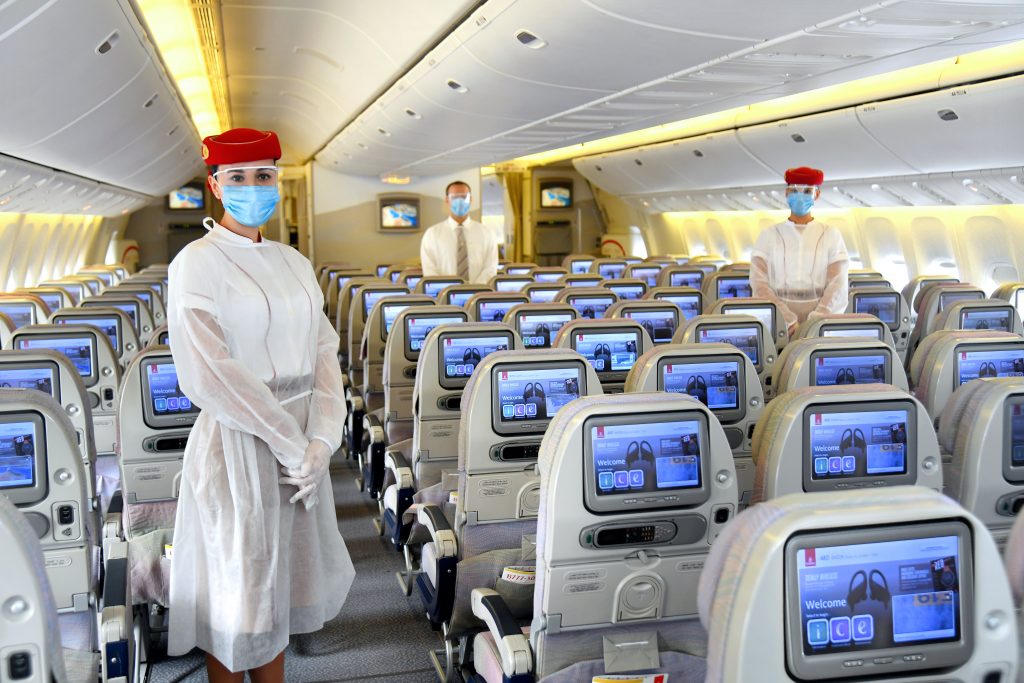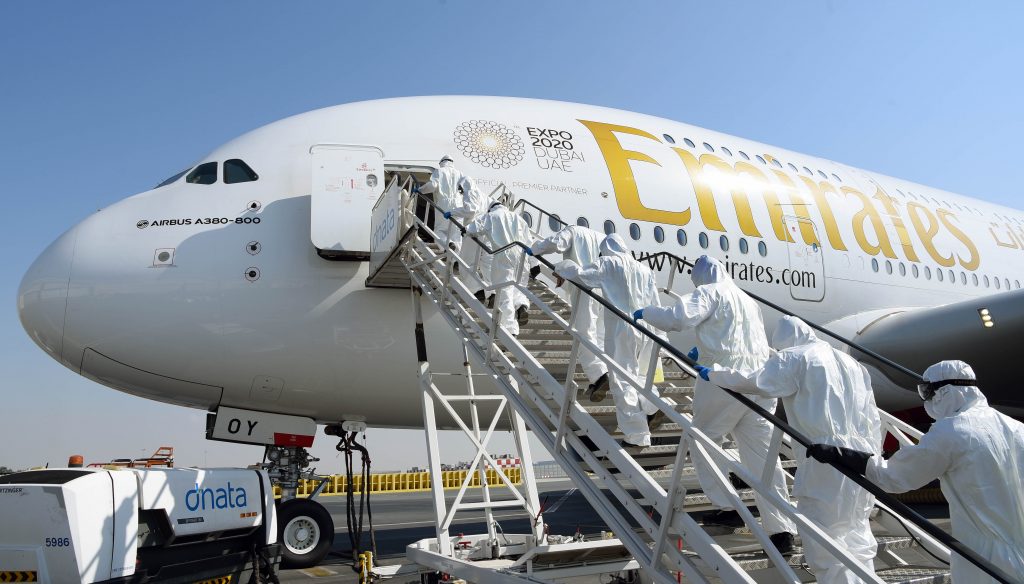
Emirates made the surprise announcement on Wednesday that it intends to restart a limited number of regularly scheduled passenger flights from May 21 pending regulatory approval from authorities in the United Arab Emirates. In April, Emirates said it wouldn’t restart scheduled passenger services until July at the earliest, while the General Civil Aviation Authority (GCAA) announced only two days ago that it didn’t intend to allow regular passenger flights to operate to and from the UAE until June 4.
With this latest change in direction, Emirates hopes to resume scheduled services to just nine destinations: London Heathrow, Frankfurt, Paris, Milan, Madrid, Chicago, Toronto, Sydney and Melbourne. In addition, the airline will be allowed to accept connecting passengers between the United Kingdom and Australia at its Dubai hub.

The UAE’s Supreme Committee of Crisis and Disaster Management, which introduced the flight ban that has grounded the vast majority of the Emirates fleet since March 25, has not yet confirmed the decision to ease the travel restrictions. A ban on foreigners entering Dubai will, however, remain in force according to Emirates except for UAE residents who will now be allowed to return after they have gained approval from the authorities.
Adel Al Redha, the airline’s chief operating officer said Emirates was “working closely with the authorities to plan the resumption of operations to additional destinations.” He could not offer any idea of what additional destinations the airline was eyeing a return to.
As well as resuming scheduled flights, Emirates will continue with a special programme of repatriation flights. Over the next few days, the airline has one-off services planned between Tokyo, Conakry and Dakar. Only UAE citizens will be allowed on return flights to Dubai.
Earlier this week, Emirates’ chairman Sheikh Ahmed bin Saeed Al Maktoum warned it would “take 18 months at least, before travel demand returns to a semblance of normality.” Sheikh Maktoum said the airline was taking “aggressive cost management measures” to weather the COVID-19 pandemic but expected steep losses for the year ahead.
Emirates has seemingly been caught out several times by changes in government policy prompted by the Coronavirus pandemic. In mid-March, Emirates denied rumours that it was about to suspend all flights only for it to days later first slash 70 per cent of flights and then ground nearly its entire fleet a few days after that.

By March 25, the UAE authorities had banned all inbound passenger flights, including connections, and when Emirates announced it would resume some flights by early April, officials had to remind the airline that travel restrictions remained very much in force.
A couple of weeks later, Emirates was eyeing a mid-June return with services to as many 140 destinations. But within days that plan was pushed back to July. Now, Emirates is bringing forward its plans but on a much smaller scale. Whether these new plans come to fruition remains to be seen.
Emirates cabin crew will continue to wear personal protective equipment including face masks, goggles and disposable gowns the airline confirmed. Face mask and gloves will remain mandatory for all customers and in-flight service will be significantly pared back to reduce interaction between crew and passengers.
In addition, passengers will be subject to thermal scanning on entering Dubai International Airport (DXB) but Emirates did not say whether it will expand a trial that involved testing passengers for COVID-19 using a rapid test that can return results in as little 10 minutes.
Mateusz Maszczynski honed his skills as an international flight attendant at the most prominent airline in the Middle East and has been flying ever since... most recently for a well known European airline. Matt is passionate about the aviation industry and has become an expert in passenger experience and human-centric stories. Always keeping an ear close to the ground, Matt's industry insights, analysis and news coverage is frequently relied upon by some of the biggest names in journalism.







